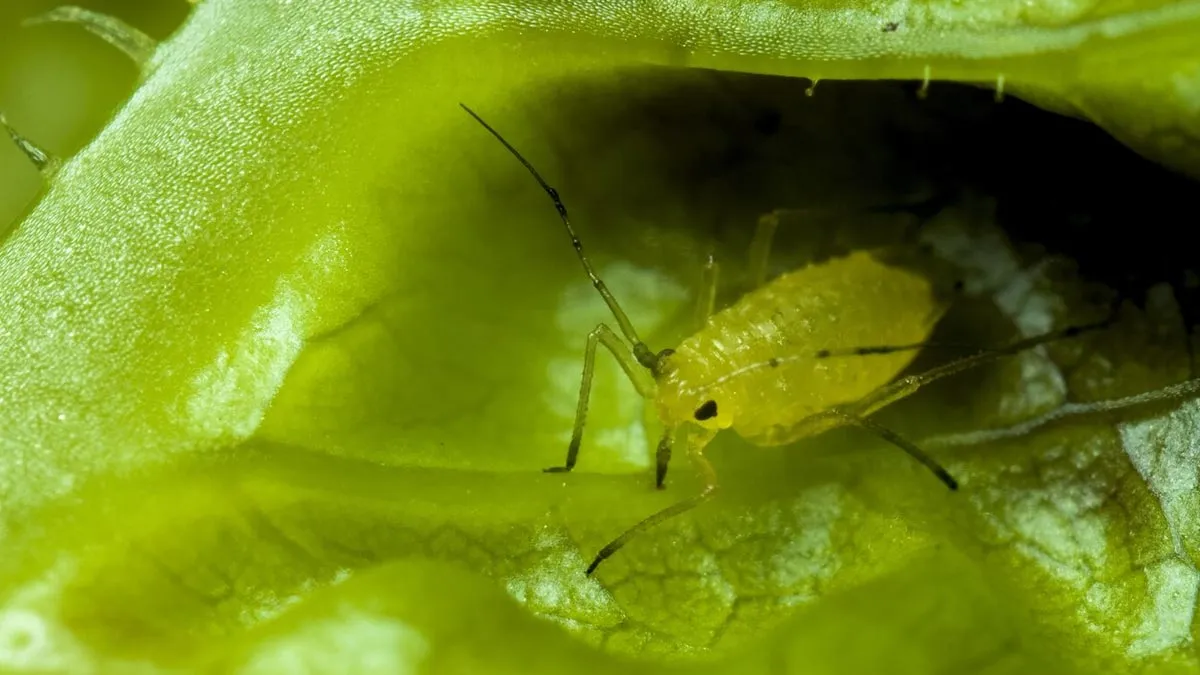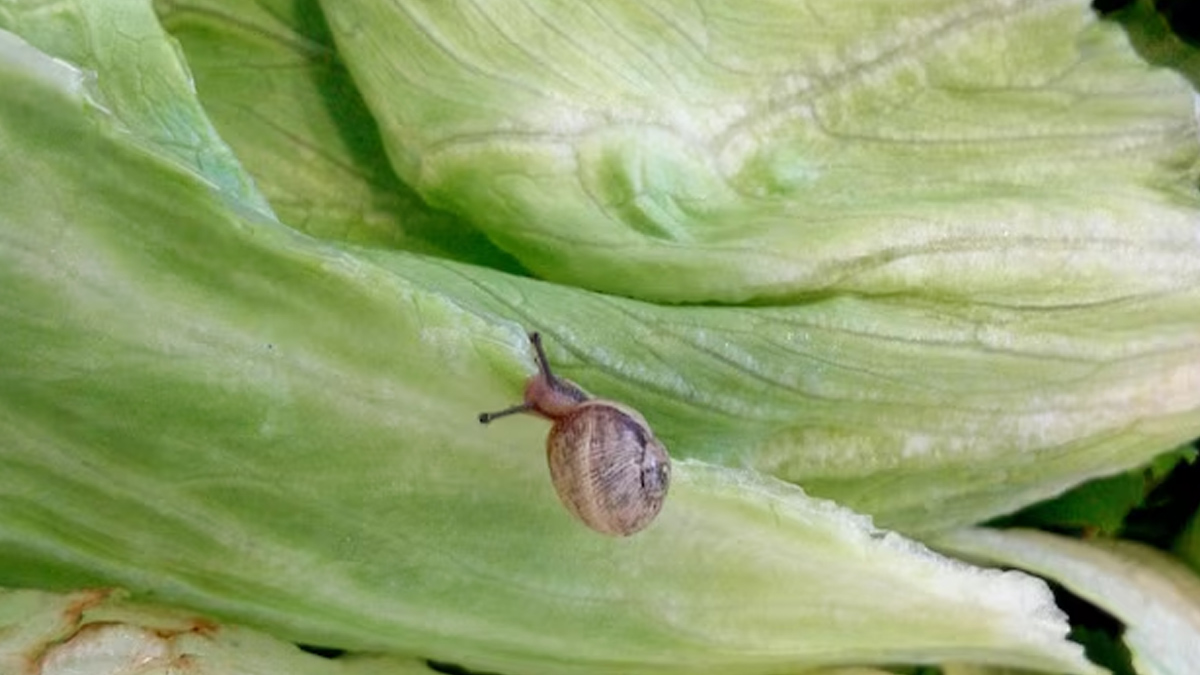
The idea that vegetables could harbour tapeworms might feel surreal, but under certain conditions, it’s real. Tapeworm eggs can end up on leafy greens or roots through contaminated soil, water or handling. When eaten, the eggs can infect the brain with neurocysticercosis, a brain infection that could cause seizures, headaches and life-threatening complications.
Table of Content:-
Common Vegetables That Could Put Your Brain at Risk
1. Cabbage and Cauliflower

Cabbage and cauliflower as being high-risk when consumed raw. Their compact layers may conceal tapeworm eggs that are easily resisted by regular washing and cooking and that might lead to neurocysticercosis.
2. Kale and Spinach
They have wrinkled surfaces and curves that harbour dirt and microscopic impurities. Parasite eggs may hide in these areas. Health experts emphasise good rinsing, soaking, or even blanching before consumption.
3. Broccoli
Broccoli’s dense buds can harbour microbes and parasites. Even vigorous rinsing may not remove all contaminants, especially in bud crevices, making proper washing or cooking essential.
4. Lettuce

Often eaten raw, lettuce can carry parasite eggs if irrigated with unsafe water. Thorough rinsing under running water, and preferably soaking in salt or vinegar, is recommended to reduce risk.
5. Carrots
Since carrots develop below the ground surface, they're exposed to contaminated soil. Microscopic tapeworm eggs are likely to adhere to their surface, making peeling and scrubbing necessary.
6. Bell Peppers (Capsicum)
Capsicum seeds and inner walls may contain tapeworm eggs as a result of exposure to soil. Hence, deseeding, rinsing under hot water, and cooking thoroughly is suggested.
7. Colocasia Leaves (Arbi)
Usually eaten after cooking, colocasia leaves may host parasites when consumed raw. It is advised to always blanch or cook them thoroughly before consumption.
Why Tapeworms Pose a Brain Risk

Neurocysticercosis (NCC) develops when humans ingest Taenia solium (pork tapeworm) eggs in contaminated food or water. The eggs can hatch within the intestine and move to organs, like the brain, where they develop into cysts leading to seizures, headaches, and other neurological symptoms.
NCC is the most prevalent parasitic cerebral disease in the world, especially in areas of poor sanitation, such as most of India, where it is a big contributor to the epilepsy burden. NCC is responsible for approximately 30% of seizure disorders in endemic areas, as per a 2021 study.
Real‑Life Case: Brain Tapeworm from Contaminated Vegetables
An alarming case in Mumbai detailed a healthy 34‑year‑old Indian defence personnel who developed brain inflammation from a tapeworm infection traced to raw vegetables. Neurocysticercosis resulted in convulsions, severe headaches, and treatment with steroids, demonstrating how even vegetables can be a cause of infection through brain parasites if not washed well.
How to Protect Yourself
- Wash all the vegetables with running water, even those you will be peeling or cooking.
- Peel or scrub root vegetables carefully, such as carrots.
- Cook or blanch high-risk vegetables well, especially cabbage, colocasia, eggplant, kale and spinach, to destroy any parasite eggs.
- Maintain good hand hygiene, especially after handling soil or produce.
- Avoid eating raw salads or undercooked produce unless you are confident about its sanitation.
Recognise Symptoms Early
A tapeworm infection can produce mild symptoms, such as fatigue, abdominal pain, gastrointestinal distress or nothing at all. But if the larvae migrate to the brain, you'll observe symptoms, such as seizures, headaches, or neurological issues. These cysts in the brain usually need imaging (CT or MRI) for diagnosis and antiparasitic medication.
[Disclaimer: This article contains information for informational purposes only. Hence, we advise you to consult your professional if you are dealing with any health issue to avoid complications.]
Also watch this video
How we keep this article up to date:
We work with experts and keep a close eye on the latest in health and wellness. Whenever there is a new research or helpful information, we update our articles with accurate and useful advice.
Current Version
